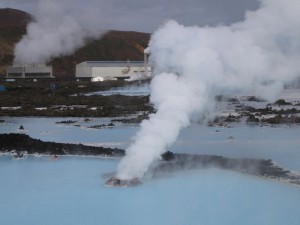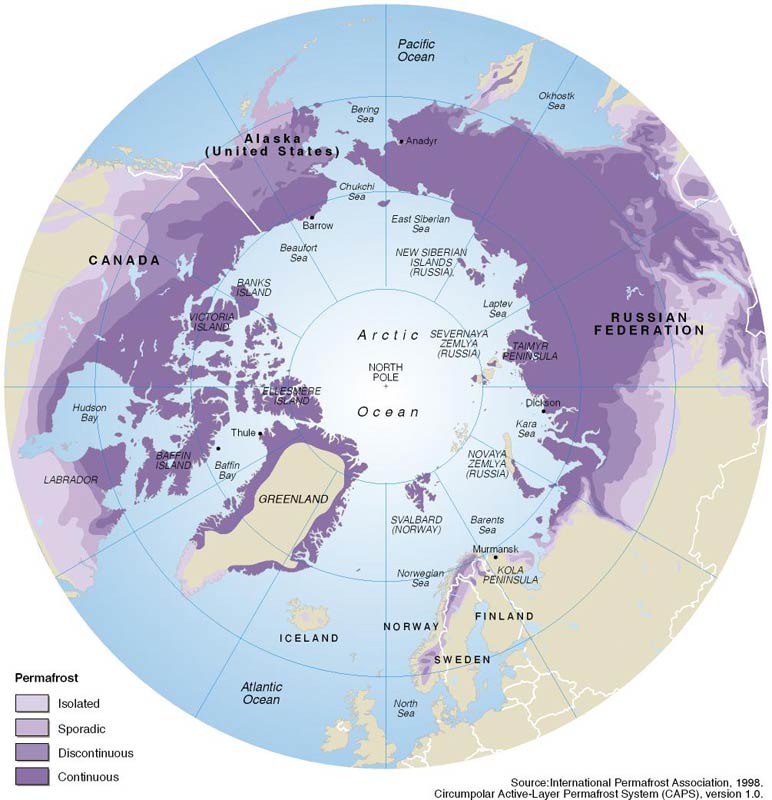If you are lucky, there may have been a moment in your past (perhaps recent or many years ago) where you where able to glance up at the evening sky, and gaze upon an incredible spectacle of vibrant lights – seemingly more magical than a creation of the physical world.
These displays of mesmerizing color and intensity – called an aurora – generally occur at high latitudes, and are known as either the aurora australis (the ‘southern lights’) and the more recognizable aurora borealis (the ‘northern lights).
The aurora have intrigued people for centuries, as seen by their presence in numerous traditional texts and stories.
These often provide an explanation for their existence – like the Algonquin people of eastern Canada, who feel the aurora borealis are giant bonfires created by their creator as a warming reminder of love – and are typically beautiful in essence and design.
However, even today, many of the thousands that travel north and south simply to catch a glimpse of this natural phenomenon, do not fully understand how the aurora actually come to be.
What causes an aurora event?
Chemists and physicists might tell you it is actually quite simple.
In reality, the light display one observes is produced by the collision of charged particles and atoms, high up in the sky, in a part of the atmosphere called the thermosphere.

Sunset Over the Indian Ocean (NASA, International Space Station Science, 05/25/10)
photo credit: NASA’s Marshall Space Flight Center
These particles – usually electrons – originate from solar winds entering Earth’s atmosphere, after traveling from the sun.
These winds flow along the magnetic field lines of the earth, allowing the particles to interact with gas atoms in the atmosphere.
It is these interactions – between charged particle and gaseous molecule – which give off the light we observe during an aurora event.
The video below gives a much more in-depth view of the astronomical nature of the aurora:
SeanMac.











